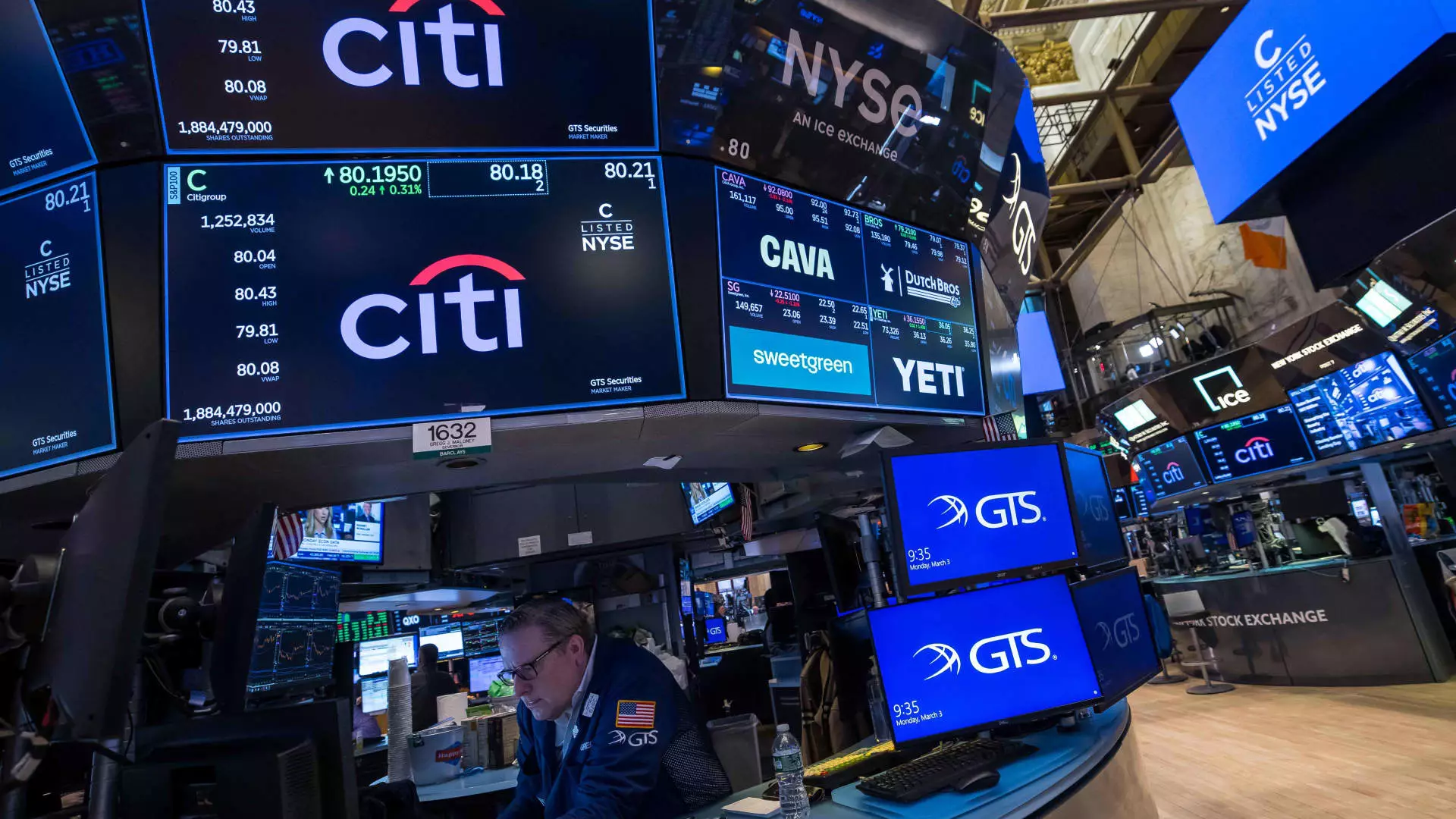In recent times, there’s been a surge of optimism among investors about the potential benefits of falling interest rates, especially as markets anticipate the Federal Reserve’s upcoming decision. Many believe that a rate cut signals an economic rebound and a golden opportunity for growth stocks and high-beta investments to surge. However, this optimistic narrative often overlooks the underlying vulnerability of the economic conditions driving such policy moves. Lower interest rates are, at best, a band-aid, and at worst, a false sense of security in an economy teetering on the edge of deterioration.
While it’s true that lower rates make borrowing cheaper and can stimulate investment, they do not automatically translate into economic vitality. Historically, aggressive rate reductions have coincided with periods of economic weakness, not strength. This pattern raises a critical red flag: are investors simply betting on a mirage? The assumption that falling rates will invariably buoy stocks oversimplifies the complex interplay between monetary policy and real economic health. It is a dangerous fallacy to believe that monetary easing alone can compensate for fundamental economic challenges such as sluggish employment growth, declining productivity, or escalating inflationary pressures.
The Risks of Overreliance on Rate-Sensitive Stocks
Markets have become increasingly obsessed with identifying “winners” in a low-rate environment. Tech giants, small-cap growth stocks, and financial institutions tout themselves as poised to benefit from policy easing. However, this focus ignores the elevated risks lurking beneath the surface. When central banks cut rates as a response to economic strain, it often signals trouble rather than prosperity. Investors who blindly chase these assets risk building positions on shaky ground, vulnerable to shifts in economic sentiment or unexpected deterioration in economic data.
Consider the current environment: some stocks, like retail or telecommunication firms, have shown significant gains amid the rate-cut anticipation. Yet, these gains are less evidence of robust growth than evidence of speculative fervor. For example, companies like Gap, a retail staple, have rallied on prior positive news but remain fundamentally exposed to economic headwinds, from tariffs to changing consumer behaviors. Similarly, EchoStar’s surge stems from speculative momentum fueled by spectrum sales, not intrinsic business strength. This disconnect highlights how markets can become fragile when valuations detach from economic reality.
Economic Data: The Arbitrator of Market Success or Failure
The real determinant of whether falling interest rates will foster prosperity or precipitate decline is the health of the economy itself. Citi strategist Scott Chronert emphasizes that economic conditions—whether positive or negative—significantly influence the outcomes of rate cuts. If economic data remains resilient, lower rates could indeed support growth stocks and cyclical assets. Conversely, if economic indicators suggest deterioration, these same assets might suffer serious setbacks.
This distinction is vital because it demystifies the so-called “benefits” of falling rates. They are not universally advantageous but conditional on the broader economic context. Investors and policymakers alike must recognize that monetary easing is not a cure-all. It merely provides temporary relief in the face of deep-seated issues that require structural reforms, fiscal measures, and sustainable growth strategies. Relying solely on rate cuts as a salvation mechanism is shortsighted at best and perilous at worst.
The Hidden Dangers of a Prolonged Zero or Negative Rate Environment
A prolonged cycle of low or even negative interest rates introduces profound risks that extend beyond immediate market reactions. Low rates can inflate asset bubbles, distort market signals, and undermine financial stability. When the economy falters, and rates are already near zero, policymakers have limited room to maneuver, leaving the economy vulnerable to shocks and crises.
Furthermore, the idea that some stocks are “most sensitive” to falling interest rates is misleading. Sensitivity does not equate to safety, especially when economic fundamentals are deteriorating. These stocks, once considered growth leaders, might face declining earnings, reduced profit margins, and heightened volatility if economic conditions worsen. The padding provided by low rates can quickly evaporate, exposing investors to sharp losses.
The allure of quick gains and market exuberance in anticipation of rate cuts masks the deeper reality that economic resilience is the true driver of sustainable growth. Falling interest rates may temporarily boost certain stocks, but they are no substitute for genuine economic strength. Investors must adopt a more nuanced approach—questioning whether the current rally is driven by fundamentals or only by central bank policies. In truth, a cautious, well-informed stance grounded in economic realities offers more promise than the fleeting highs of policy-driven speculation. The real danger lies not in the rate cuts themselves but in the complacency that can develop when markets believe central banks can solve all. The underlying health of our economy—not the whims of monetary policy—is what ultimately determines whether investments flourish or wither.


Leave a Reply